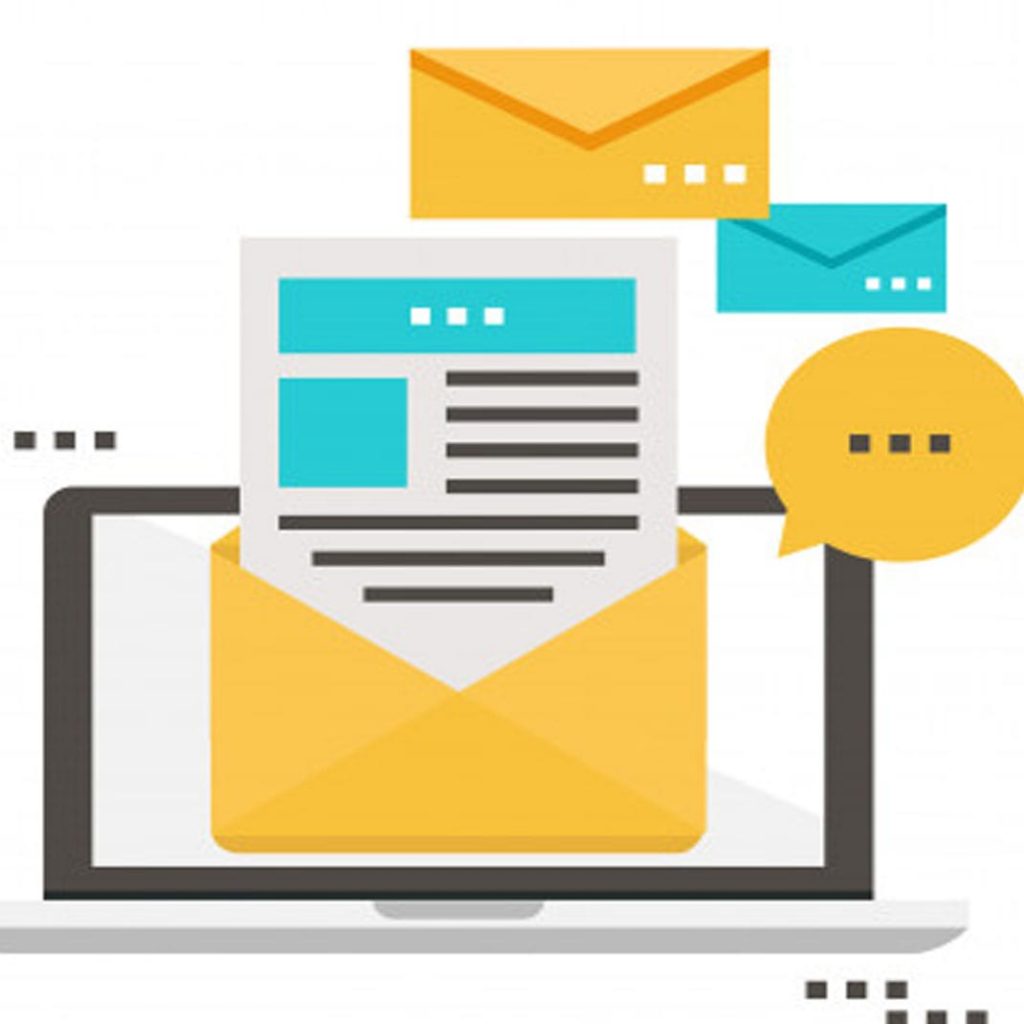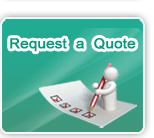



Latest News Scrolling Widget
High Profit Re-design Priorities

Several usability findings lead directly to higher sales and increased customer loyalty. These design tactics should be your first priority when updating your website.
Email Newsletters
Email newsletters let you maintain a relationship with your customers that lasts beyond their visits to your site. The newsletter is the perfect website companion because it answers a different user need: newsletters keep customers informed and in touch with the company; websites give customers detailed information and let them perform business transactions.
Newsletters are fairly cheap. They require little technology and mustn’t be published too frequently. If you don’t have a newsletter, then publishing one is probably the single-highest ROI action you can take to improve your Internet presence.

Informative Product Pages
The product pages on e-commerce sites, marketing sites, and B2B sites all suffer from information deficit. It’s rare to see product descriptions that tell prospects everything they need to know to make a purchasing decision. Designing product pages according to user needs is a highly targeted way to encourage sales at a point where users have already indicated interest by virtue of visiting the page. You need detailed product information, but it must be written in a way that makes sense to people who aren’t experts in your field.
High-Quality Photography
One of the simplest ways to improve product pages is to show better photographs. For the hero shot at the top of the page, show the most representative photo in a small size. Below that, offer several additional photos that show different angles and close-up details. Using huge enlargements might seem to contradict the guideline about fast responce times for downloading Web pages. A great downside of the online medium is that people can’t touch and feel your products. But close-ups and quality photographs can still give users a good approximation of a product’s tactile qualities, and they are essential to making people feel good about buying online.
Product Differentiation and Comparisons
You must soothe user fears about buying the wrong product, or they’ll postpone their purchases and probably never buy from your site. When you have multiple products in the same category, you must explain product differences so clearly that it’s obvious to people without industry expertise why they should buy one particular product over the others. Even if you have a small and clearly defined product line, you must make the differences blatantly obvious on your site. Comparison tools can also help users choose and thus overcome decision paralysis and facilitate sales. But such tools work well only when they illustrate key differences in a concise and unambiguous manner. Too often, websites take the easy way out and simply throw up a huge table of specifications without highlighting the points where products differ.
Simplified Text
You can usually double website or intranet usability simply by rewriting the text to follow the guidelines for online content. Better writing is probably the single most important improvement you can make to your site, but it appears fairly far down the top-10 list because it’s not a one-time fix. You must hire good writers for all your projects, trained them in writing for the Web, and have all of their content edited by even better editors who are even more knowledgeable about content usability.
Catering to Seniors
Older people are the fastest-growing segment of Internet users. In fact, they are virtually the only remaining growth market in rich countries, where most of the younger people who want to get online already have accounts. Many senior citizens are rich and have time on their hands. When it becomes difficult for them to get around, the Internet becomes a natural place for them to spend some of their vast piles of money. Seniors are also less into piracy and tend to be more loyal than fad-chasing young people. Best of all, you can take advantage of the fact that most websites discriminate horribly against older users. Even government websites that supposedly target retirees are designed according to guidelines for thirty-somethings. Because so many sites are hard for them to use, seniors will shower you with business if you’re the honorable exception who acknowledges their special needs.
Search
Maybe search shouldn’t be on this list; even though the benefits from improving it are immense, the required investment is fairly high — certainly higher than for the other redesign initiatives listed here. Thus, the cost/benefit ratio is not as stunningly favorable for search as it is for my other recommendations. It’s still favorable, though, so you should work on it.
Users increasingly depend on search as a primary interface to the Web. While search is getting fairly good for the Internet at large, it remains miserable on most websites and intranets.
Fixing your site’s search requires that you buy and install better search software, and then tune it for your content and user queries (by adapting the spell-checking suggestions, for example). Worse, you must fix your content so that it’s searchable. For example, you have to write meaningful page titles .



